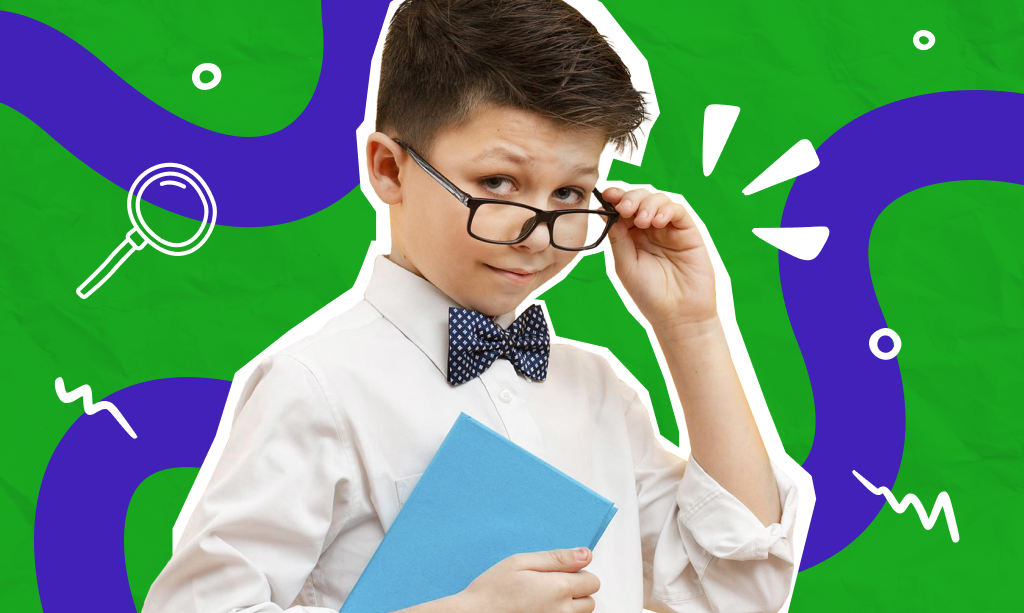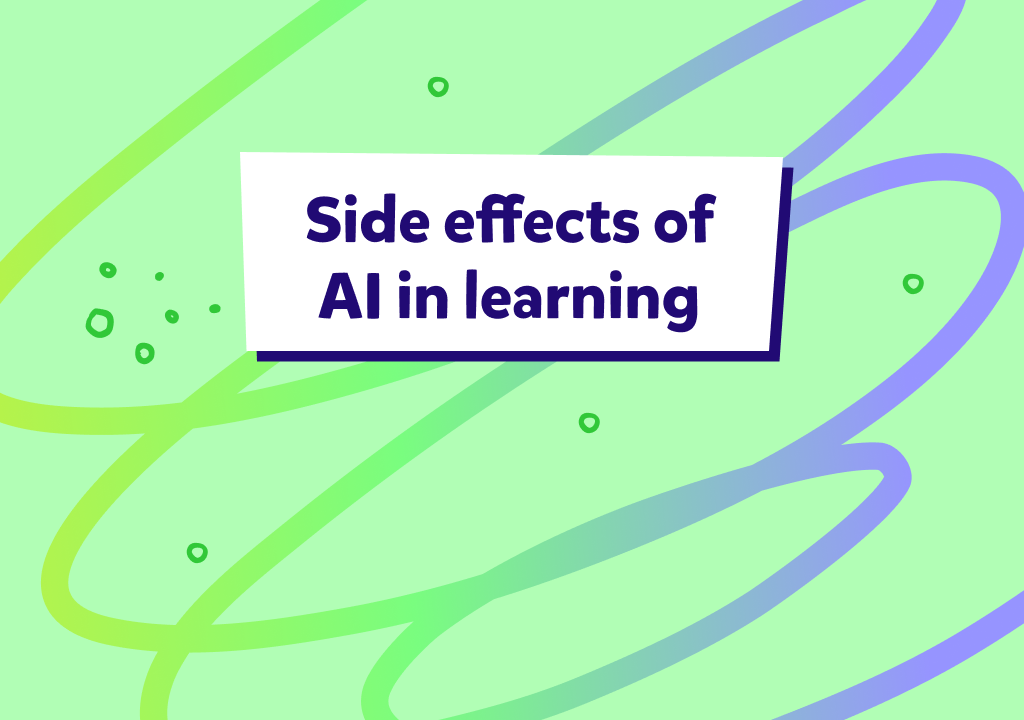- Teachers have ways to spot AI: They look for unusual language, sudden improvements, or inconsistent writing style.
- Not all AI use is harmful: Tools can support learning if used correctly, like checking grammar, brainstorming, or practicing conversation.
- Guidelines are essential: Setting clear rules about when AI is allowed helps students improve while still creating their own work.
Artificial intelligence (AI) tools and online translators are slowly becoming part of everyday life, especially in education. For ESL learners, AI can be really tempting, as it can help them polish sentences, translate tricky phrases, or even write entire paragraphs with native-level accuracy.
But this rise in AI use also brings up an important question: Can teachers actually detect AI? Many parents and students wonder, “How do teachers check for AI?” or “How do schools know if you use AI?” With tools becoming smarter every day, some students may think their AI-generated work can easily pass as their own; but that’s not always the case!

In reality, teachers have developed ways to spot the difference between authentic student work and text created by AI. From sudden jumps in writing quality to language patterns, there are often clear clues. So, how can teachers detect AI, and how can they if student work is AI-generated?
Let’s look at the signs teachers notice, how schools approach this issue, and what it means for real language learning in the ESL classroom.
Why Students Use AI for ESL Tasks
Before we explore the signs teachers notice, it’s important to understand why students turn to AI in the first place. For many ESL learners, tools like ChatGPT, Grammarly, and online translators can feel like a shortcut to success.
This convenience is one of the main reasons students rely on AI. It saves time, boosts confidence, and can provide work that seems far beyond the student’s level. Parents may even wonder, “Can schools tell if you use ChatGPT?” as the results can be so polished and professional.
Of course, not all AI use is negative. When students use it to check mistakes or get new vocabulary ideas, it can actually support learning. But when they depend on it too much, it can slow down real progress. Overreliance may lead to assignments that look impressive on paper but don’t truly reflect the student’s skills.
Common Signs Teachers Look For
Once we understand why students use AI tools, the next question is: How can teachers detect AI in student work? While some tools are incredibly advanced, teachers often develop a sharp eye for spotting patterns.
Below are some of the most common signs teachers notice when a task may have been AI-generated.
Unnatural Language Patterns: When it comes to writing, sometimes it can sound too formal or stiff, almost like a robot wrote it. Students might use big or unusual words that don’t match their normal level. It can sound “off,” even if the grammar is perfect.
Sudden Jumps in Accuracy or Style: If a student usually makes small grammar mistakes but then suddenly turns in a perfect piece of homework, it can stand out. A big jump in vocabulary or sentence structure from one task to the next is a big sign for teachers to detect AI in student work.
Inconsistent Voice: The “voice” of the writing may change. One part may sound like a fluent speaker, while another sounds like a beginner. It’s this mix of polished and basic sentences that doesn’t quite add up.
Repetition or Generic Phrasing: Text created with AI often repeats the same kinds of sentences or uses very general ideas. These answers can sound nice but don’t include personal stories, real opinions, or unique details.
Challenges in Detecting AI Use
While there are clear signs that can help teachers spot AI in student work, it’s not always easy. Some tools are very advanced and can produce work that closely matches a student’s level.
Teachers also have limited time to check every assignment in detail, which adds to the challenge. And it’s important to remember that not all use of AI is bad; some tools can actually support learning! For example, students may use them to check grammar, get new ideas, or practice sentence structure. The key is helping students use these tools in a way that strengthens their English, rather than replacing their own thinking.
Encouraging Healthy AI Use in ESL Learning
As mentioned above, even though AI can make some tasks easier, it’s important for students to use it the right way.
But, setting clear rules helps!
Teachers can explain when it’s okay to use tools, and when students need to create work entirely on their own. This approach keeps learning honest and helps students to truly improve.
Understanding these boundaries helps everyone use AI safely and effectively. Keep in mind, teachers are also learning how to check for AI writing and how to detect AI in a way that supports learning, not just punishes students. It’s a new concept for everyone, not just students!
Used responsibly, AI can help students check grammar, practice ideas, and build confidence without replacing their own effort. By guiding students and setting clear boundaries, teachers can keep learning real! Book a trial lesson with Novakid today to see how our teachers help children grow in English with confidence, fun, and AI.





































